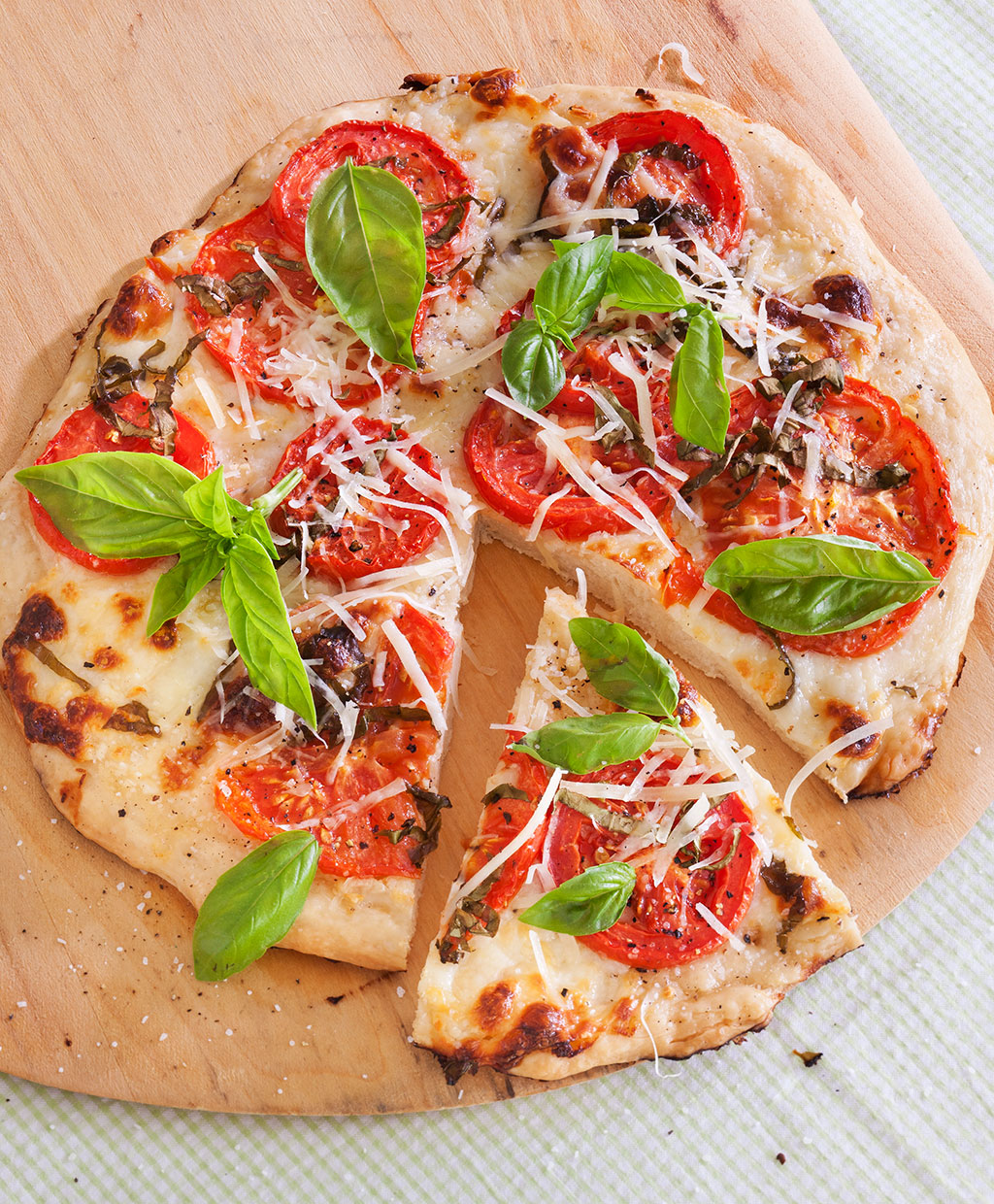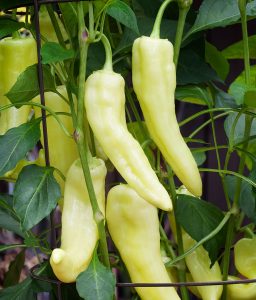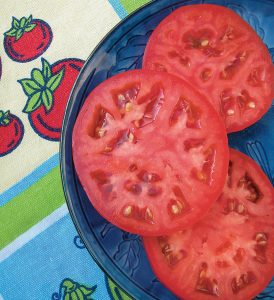

This herb is known around the world for its wonderful fragrance and flavour. The key ingredient in classic Italian pesto, Sweet Basil has big leaves that are fast and easy to grow so that you can make your own pesto to freeze for year-round use. It loves hot weather, so always wait until all danger of frost is past before planting in the garden in the spring, then harvest before the weather starts to cool down in fall. Great for containers, but be sure to keep watered. If you were to grow only one herb, this should probably be it. Dried basil just doesn’t have the aromatic quality of the fresh leaves, which are often added at the last minute to many Asian dishes.
- Type warm season annual
- Planting time after last spring frost
- Features large, aromatic leaves
- Light full sun
- Soil fertile, well drained but moist
- Spacing 18 inches
- Plant size: 24 to 30 inches tall, 18 inches wide
- Garden use containers, herb beds, flower beds
- Culinary use Asian and Italian dishes
Light requirements Full sun is ideal, but plants can grow in part shade.
Planting Space 8 to 18 inches apart, depending on type. (Read the stick tag that comes with the plant for specific spacing recommendations.)
Soil requirements Plants grow best in rich, moist but well-drained soil with a pH of 6.0 to 7.0. Work organic matter into soil before planting to add fertility and improve moisture retention. In containers, use premium quality potting soil.
Water requirements Keep soil consistently moist through the growing season. Add a mulch layer to slow water evaporation from soil. In containers, water whenever the top inch of soil is dry.
Frost-fighting plan Basil is very frost-tender and damaged by temperatures below 40º F. Use a frost blanket to protect newly planted seedlings from late spring frosts or prolong the fall growing season.
Common issues Pinch flower buds to keep plants from bolting. Once flowers form, leaf flavor changes. Pests to watch out for: aphids, slugs, Japanese beetles, and earwigs. Fungal diseases sometimes occur in humid climates, and root rot is common in poorly drained soil.
Growing tips Pinch or prune basil plants as they grow to promote branching and bushiness. Never cut into the woody parts of a stem; plants won’t resprout.
Harvesting Pick leaves at any point in the growing season. Choose individual leaves, or snip leafy stems to the length you desire.
Storage Cut basil stems and place in water like a fresh bouquet. They’ll last for weeks, provided you remove any leaves below the water line and change water regularly. Never place basil in the refrigerator; the cold air damages leaves. Preserve basil by freezing or in herbal vinegars.



